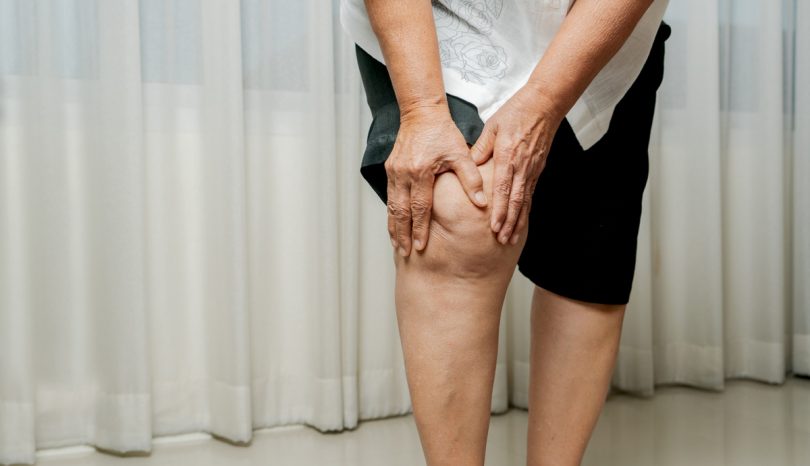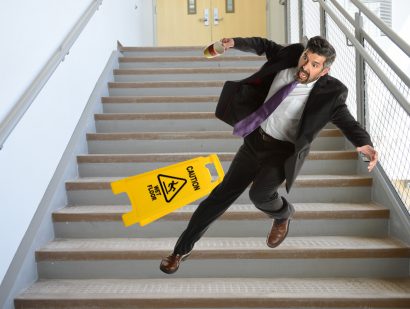- Find A Medical Provider
- Auto Injuries
- Common Injuries
- Medical/Pharmaceutical
- Types of Medical Injuries
- Malpractice Injuries
- Drug and Medical Device Injuries
- Drugs and Devices Linked to Cancer
- Opioid Addiction
- Drugs and Devices Known to Cause Injury
- 3M Combat Arms Earplugs – Hearing Loss
- Accutane
- Aciphex
- Actonel
- Actos
- Adderall and Ritalin
- Advair
- Aldara (Imiquimod)
- Alli
- Ambien
- Amiodarone
- Anzemet
- Aptivus
- Aranesp
- Arava
- Atorvastatin
- Avandia
- Benicar
- Birth Control Medication
- Blood Thinners
- Essure
- Fosamax (Alendronate Sodium)
- Gadolinium-Based MRI Contrast Agents
- Granuflo
- Hernia or Surgical Mesh Injuries
- Hydroxycut
- Inferior Vena Cava Filters
- Invokana Toe and Foot Amputations
- Ketek
- Levaquin
- Lipitor
- Mirapex
- Neurontin
- Onglyza
- Over-the-Counter Medications
- OxyContin
- Paxil
- Power Morcellators
- Pradaxa
- Propecia
- Reglan
- Talc Powder
- Trasylol
- Valsartan
- Viagra
- Xolair
- Zelnorm
- Zoloft
- Work Injuries
- Sports Injuries
- Marketing Services
- Blog
List your practice on InjuredCare | Log in / Sign up
Degenerative Joint Disease

Degenerative joint disease is also called osteoarthritis. Osteoarthritis is the most common type of arthritis, affecting 27 million Americans age 25 and older, and is a leading cause of disability. In fact, 30 percent of people with osteoarthritis become significantly disabled. Osteoarthritis is caused by the breakdown of cartilage in the joints. The condition typically is chronic, with symptoms of pain, stiffness, swelling and loss of flexibility developing slowly and worsening over time. Treatment includes pain medications, splints and braces. In severe cases, surgery is necessary.
Causes of Degenerative Joint Disease
The cause of osteoarthritis is not always known. However, most often a link exists between aging, genetics, bone deformities and previous injuries that occurred earlier in a person's life. Excess weight, which adds stress to joints, also can be a factor. Both men and women are susceptible to degenerative joint disease, but it is more common in women after age 55.
Symptoms of Degenerative Joint Disease
- joint pain that worsens after movement and improves with rest
- joint pain that worsens on rainy days
- joint swelling
- joint tenderness
- loss of flexibility
- grating of the joint when flexed
- morning stiffness
While symptoms of osteoarthritis may occur in any joint in the body, they most often are experienced in the hips, knees, hands and spine.
Diagnosing Degenerative Joint Disease
A physician will take a complete medical history and conduct a physical examination. X-rays likely will be taken to confirm a breakdown in cartilage in the space between the affected joints. Bloodwork can help rule out other diseases that could cause joint pain.
Treating Degenerative Joint Disease
Controlling the pain, minimizing damage to joints, and maintaining function and quality of life are the goals of treatment. Ultimately, treatment depends on the joint affected. As osteoarthritis progresses and pain worsens, medication and surgery become critical treatment options. However, less-invasive treatments should be attempted before surgery is considered.
Medications
- NSAID: Nonsteroidal anti-inflammatory drugs (NSAID) are most commonly used to reduce the pain and swelling associated with osteoarthritis. But these medications can cause stomach problems, such as ulcers, if used for a long period of time.
- Acetaminophen: This medication can be an effective reliever for mild or moderate pain but does not reduce inflammation.
- Pain killers: In cases of extreme pain, a doctor will prescribe a pain killer such as codeine or propoxyphene. Dependence becomes a risk with use of these medications.
- Steroids: Doctors inject steroids directly into the affected joint to reduce pain and inflammation.
- Artificial joint fluid: Injected into the knee, this medication relieves pain for as long as six months.
- Supplements: Some research supports the use of over-the-counter products such as glucosamine and chondroitin to control pain.
Lifestyle Changes
Staying physically active is helpful in maintaining joint agility. While an exercise routine should be established with the assistance of a health care provider, swimming and other water exercises are especially helpful for people with osteoarthritis. In addition, losing weight, maintaining a healthy diet and using hot and cold compresses can help reduce pain and swelling.
Splints and Braces
Joints that have become weak as a result of osteoarthritis might benefit from the support of a splint or brace. Some of these devices prevent the joints from moving, while others allow some movement. A splint or brace should be used only at the recommendation of a physician.
Surgery
Surgery is for severe cases of osteoarthritis that are not relieved by any other treatments.
- Joint replacement (arthroplasty): The damaged joint surfaces are removed and replaced with plastic and metal devices. The joints most commonly replaced with this kind of surgery are the knee and hip. Replaced knees and hips can last as long as 20 years.
- Bone realignment: Realigning the bones can relieve the pain of osteoarthritis. This surgery can be particularly effective with arthritic knees and is used with younger people for whom joint replacement is not an option.
- Fusing bones: Permanently fusing bones in a joint can increase stability and reduce pain. The joint will be better able to support a person's weight, but the joint loses all flexibility.
- Cleaning the joint area: Torn, loose and damaged cartilage and bone are removed from around the bone in an effort to reduce or eliminate pain. This type of surgery is most effective when torn cartilage creates a locking sensation in the knee joint.
Source Information
National Center for Chronic Disease Prevention and Health Promotion. "Arthritis Basics." CDC.gov (accessed Aug. 17, 2017).
Mayo Clinic staff. "Osteoarthritis." MayoClinic.com (accessed Aug. 17, 2017).
James Udell. "Osteoarthritis." American College of Rheumatology (accessed Aug. 17, 2017).









